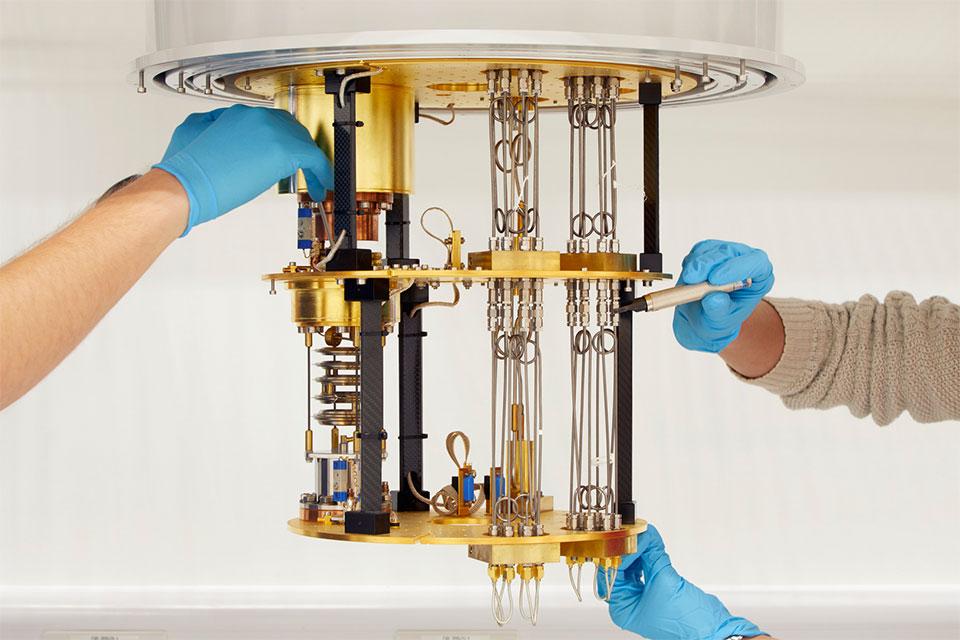Clarendon Laboratory, Department of Physics, University of Oxford, Parks Road, Oxford, OX1 3PU
Veronika Sunko, Department of Physics, UC Berkeley
Understanding the mechanisms and consequences of the coupling between disparate degrees of freedom is at the forefront of quantum materials research. A prominent example is coupling between magnetic and electronic degrees of freedom, offering the exciting opportunity to control the near Fermi level electronic structure and topology by manipulating magnetic order. However, the same coupling may promote a complex magnetic state, which is challenging to identify experimentally.
Using a series of symmetry-sensitive optical techniques we investigate two Eu-based semi-metals which recently attracted attention due to theoretical predictions of topologically non-trivial electronic structure, as well as experimental observations of striking transport and magnetic properties. Firstly, we study EuCd2P2 [1], a material which stands out due to the unusual temperature dependence of its resistivity: metallic behavior at high temperatures is followed by a 100-fold increase of resistivity with decreasing temperature [2]. Remarkably, resistivity peaks at 18K, well above the Neel temperature of 11K. Using a powerful combination of experimental probes, we reveal a far richer picture of EuCd2P2 magnetism than has been previously reported, helping to resolve this mystery.
Furthermore, we investigate the magnetic structure and dynamics of EuIn2As2, a material considered to be an axion insulator candidate. Neutron scattering revealed an onset of a complex ‘broken helix’ magnetic state at 16K, preceded by a helical spin order stabilized in a narrow temperature window of 16K-17K [3]. We build upon this work to demonstrate that the magnetic structures differ slightly from the ones deduced by past experiments and show how the structures arise due to frustrated magnetic interactions promoted by itinerant electrons. Surprisingly, those subtle differences in magnetic structure have drastic consequences for symmetry, resulting in qualitatively different topological properties.
Taken together, our results emphasize the power of sensitive optical techniques in identifying complex magnetic structures, as well as the rich physics created by the interplay of the conduction electrons and the localized moments in low carrier density systems.
[1] Sunko, V., Sun, Y., et al., 2022, arXiv, 2208.05499
[2] Wang et al., 2021, Adv. Mater. 33(10), 2005755
[3] Riberolles, S. X. M., Nat Commun 2021, 12 (1), 999

